Oltrepò pavese, what to see: itinerary in 10 stages
TheOltrepò p avese is a rich and evocative land capable of combining picture-postcard landscapes with centuries-old traditions. TheOltrepò p avese is framed by the great river Po that always flows placidly in the background and by the Apennines that with their peaks delimit it on the opposite side.In between lies a varied territory with a long succession of hills, characterized by the ubiquitous rows of vines from which one of the most famous Doc wines known in Italy (named after the territory), and by the plain where wheat, corn and many other products are grown. The close relationship with the land, with its rhythms and seasons, has always had an important influence on the life and traditions of the people of the Oltrepò pavese, at least as much as its barycentric position for trade between the Ligurian Sea coast and the Po Valley. All this has made Oltrepò pavese a place rich in history and enchanted places, including castles, wonderful palaces and villages with unique charm. The most important center of the entire Oltrepò pavese is Voghera, but in few other places as in this corner of Lombardy can one appreciate the beauty of slow discovery, of traveling without frenzy that, step by step, will lead one to unveil villages and hamlets that blend perfectly with the surrounding nature and hide small and large artistic and architectural treasures. A tour of the Oltrepò Pavese is then necessarily also an itinerary to discover a universe of different flavors and tastes capable of satisfying even the most demanding palates. Going from one farmhouse to another, stopping by wineries, trattorias and important restaurants, it is impossible to resist the many excellences of this land, between its fine wine and traditional dishes. Here are ten stops not to be missed on your journey to discover Oltrepò pavese.
1. The Archaeological Museum of Casteggio
To delve into the long history of the Oltrepò pavese there is no better place to start than Mac, the Archaeological Museum of Casteggio. Founded in the mid-1970s at the behest of a group of local enthusiasts and the municipal administration after the important discovery of two Roman tombs, the Archaeological Museum of Casteggio year after year has always continued to grow. Today the Mac consists of four sections devoted to: geology and paleontology; prehistory and protohistory; Roman, medieval and baroque ages; and finally a rich collection of objects donated by private citizens. The first section gathers evidence of life forms, both marine and terrestrial, that preceded the arrival of man, while the second offers a journey from the Neolithic (4th millennium B.C.), with the Cecima hut, to the arrival of the Celtic peoples (2nd century B.C.), passing through the Copper, Bronze and Iron Ages. The third, on the other hand, is surely the richest section of artifacts in which there are exhibits attesting to the arrival of the Romans in the 3rd century B.C. in Oltrepò. Numerous, in particular, are the grave goods from the excavation of the Pleba Area necropolis, brought to light in 1987 in Casteggio. Also very interesting are a Longobard display case, which houses a decorated bone casket, and another containing valuable glassware found in Stradella, the most recent of which can be attributed to the Baroque period.

2. The Castle of Zavattarello
Zavattarello Castle, better known as Castello dal Verme, is one of the symbols of the Oltrepò pavese. It is an imposing stone fortress that dominates the surrounding territory from an elevated position and whose first traces are traced as far back as the 7th century. Probably built at the behest of the Milanese monastery of Sant’Ambrogio, the castle was given at the end of the 10th century to the powerful monastery of San Colombano di Bobbio by Otto I, while it was in 1390 that the building came under the rule of the dal Verme family, which retained ownership until 1975, when Countess Titina Gavazzi dal Verme ceded it to the municipality of Zavattarello, binding the latter to give it a cultural destination. Throughout the Middle Ages the castle of Zavattarello was an impregnable fortress that withstood numerous sieges thanks to its stone structure and imposing walls. The castle has stables, chapel is about forty rooms divided into a system with several separate levels connected by various secondary internal staircases. From the tower and terrace there is a breathtaking view of the entire surrounding area. Today the fortress can be walked through on guided tours, but the completely renovated castle is also an important venue for weddings, concerts, conferences, shows, and corporate meetings.
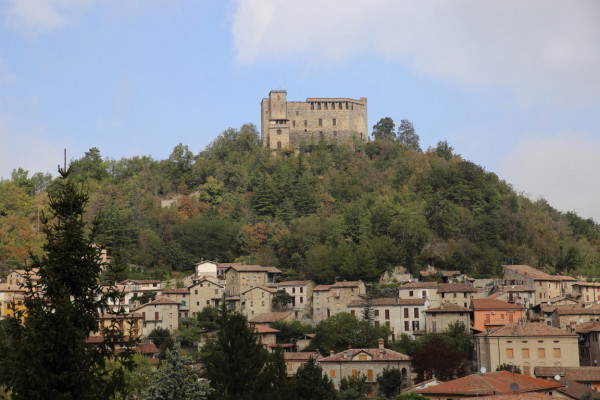
3. Romagnese
Romagnese is a little treasure waiting to be discovered. This municipality has just over 600 inhabitants, but it has a history behind it that is as long as it is rich. It is located in the mountainous part of the province of Pavia, and it is also because of its particular geographical location that Romagnese has unique characteristics in the entire Oltrepò pavese. Among natural wonders and important legacies of the past, there are many things to see outside and inside the town of Romagnese. First and foremost, there is the Dal Verme Castle, a fortress dating back to the 15th century and now home to the town hall and a museum of rural art, and the splendid church of San Lorenzo, a Baroque jewel dating back to the first half of the 17th century, and finally the Oratory of the Dead of San Lorenzo, a charming 19th-century building that stands amid the woods of Mount Penice. Just outside Romagnese, on the other hand, stands the Alpine Garden of Pietra Corva, a beautiful botanical garden with about 3,000 plant species enshrined there, while for those who feel like walking a bit, a visit to the Rivarolo waterfalls is not to be missed, reachable after a nice walk beside the stream of the same name.
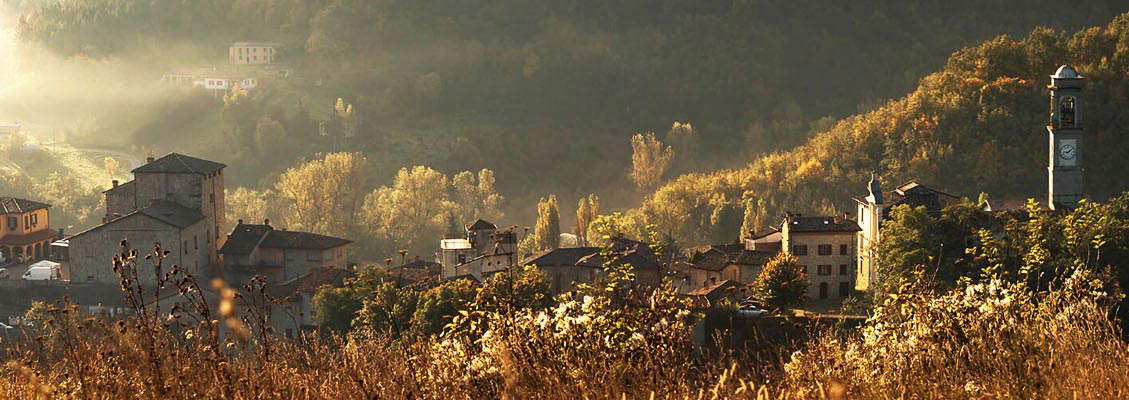
4. Varzi
In the Stàffora valley, in the heart of the Oltrepò pavese, lies a village where time seems to have been suspended. Varzi is a medieval jewel whose visit is a continuous succession of discoveries that tell the long and complex history of these lands. Towers, churches and the imposing castle are the most important legacy of the lords of the past, but they are also evidence of a town that is always alive and always at the center of the economic and social events of these lands. One of the most characteristic corners of Varzi is Via del Mercato, which today features a double row of porticoes dating back to the 14th century, but equally striking are the ancient Via della Maiolica and Vicolo Dietro le Mura, which looks like a tunnel above the medieval defense wall. Via di Dentro, on the other hand, is located between the towers of Porta Sottana and Porta Soprana and has always been the propelling center of the village. Here stand the 17th-century Church of the Reds, with a pilgrim hospice at its side, and the Church of the Whites with a unique oratory because its interior is shaped like a four-leaf clover. Also offering an important sight is the imposing Torre delle Streghe (Witches’ Tower), so called because in the 15th century 25 women accused, along with some men, of witchcraft were imprisoned there.
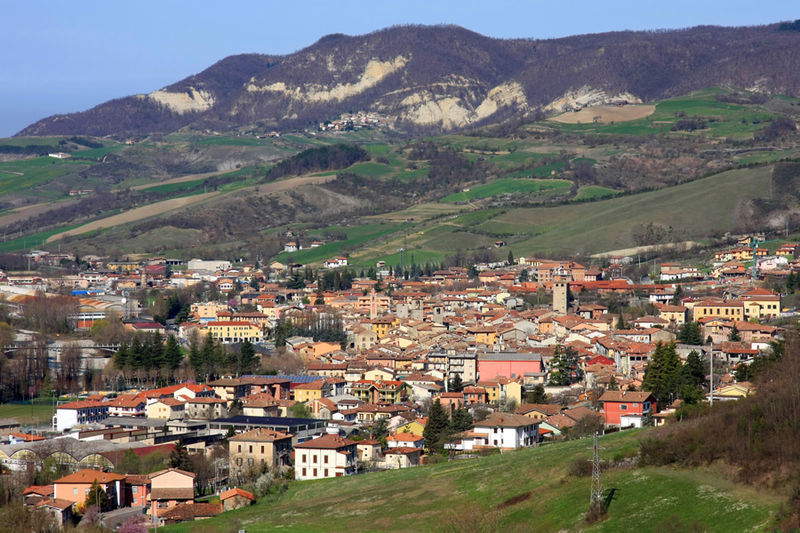
5. The hermitage of Sant’Alberto di Butrio.
A place of solitude, silence and prayer, the hermitageof Sant’Alberto di Butrio stands on a spur of rock nearly 700 meters above sea level. In the center of the Stàffora valley, in the heart of the Oltrepò Pavese, the hermitage of Sant’Alberto is located among the first reliefs of the Ligurian Apennines, and its construction is traced back as far as Sant’Alberto himself, perhaps of the Malaspina lineage, who in 1030 went to live in solitude in the nearby Borrione valley. Even today the hermitage is an oasis of peace and tranquility where one can detach oneself from the hustle and bustle of daily life, but it is also a precious treasure chest that jealously preserves the traces of its long past. During the visit, a sturdy tower, a remnant of the fortified walls, and small Romanesque churches can still be prized: that of Sant’Antonio has late 15th-century frescoes of popular workmanship inside; that of Sant’Alberto, on the other hand, preserves the saint’s relics and a cycle of frescoes depicting the patron Bertramino Malaspina.
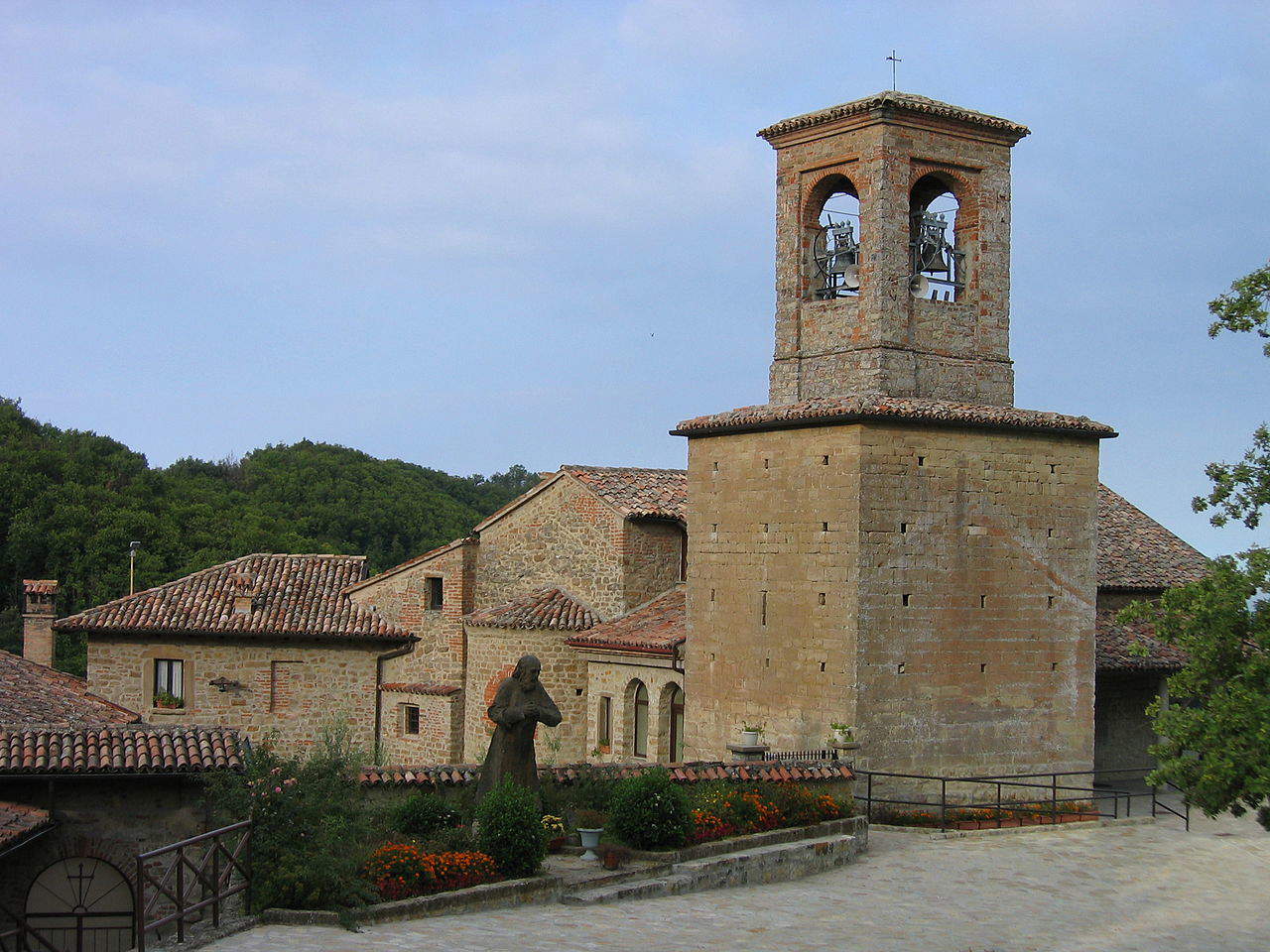
6. Planetarium and astronomical observatory at Ca’ del Monte.
A journey to infinity and beyond without ever leaving the Oltrepò pavese. Ca’ del Monte is home to a structure capable of combining culture, science and popularization to perfection, so much so that it has now become one of the most beloved places for those who set out to discover these lands. The arched structure of theObservatory is designed to fit harmoniously into the hillside, while the different environments: the central dome of the planetarium, the two side ones and the amphitheater are interconnected in the conduct of observing activities. The central dome accommodates 36 seats and houses the Planetarium, which can rely on an innovative digital projection system. The fixed stations, located in the east and west side domes, on the other hand, are mainly dedicated to research, while the guided observing activity aimed at the public and schools takes advantage of the mobile instrumentation in the open space in front of the structure. Finally, wide-ranging astronomical and cultural events are organized in the amphitheater, from theatrical performances to lectures, as well as concerts, wine tastings and much more.
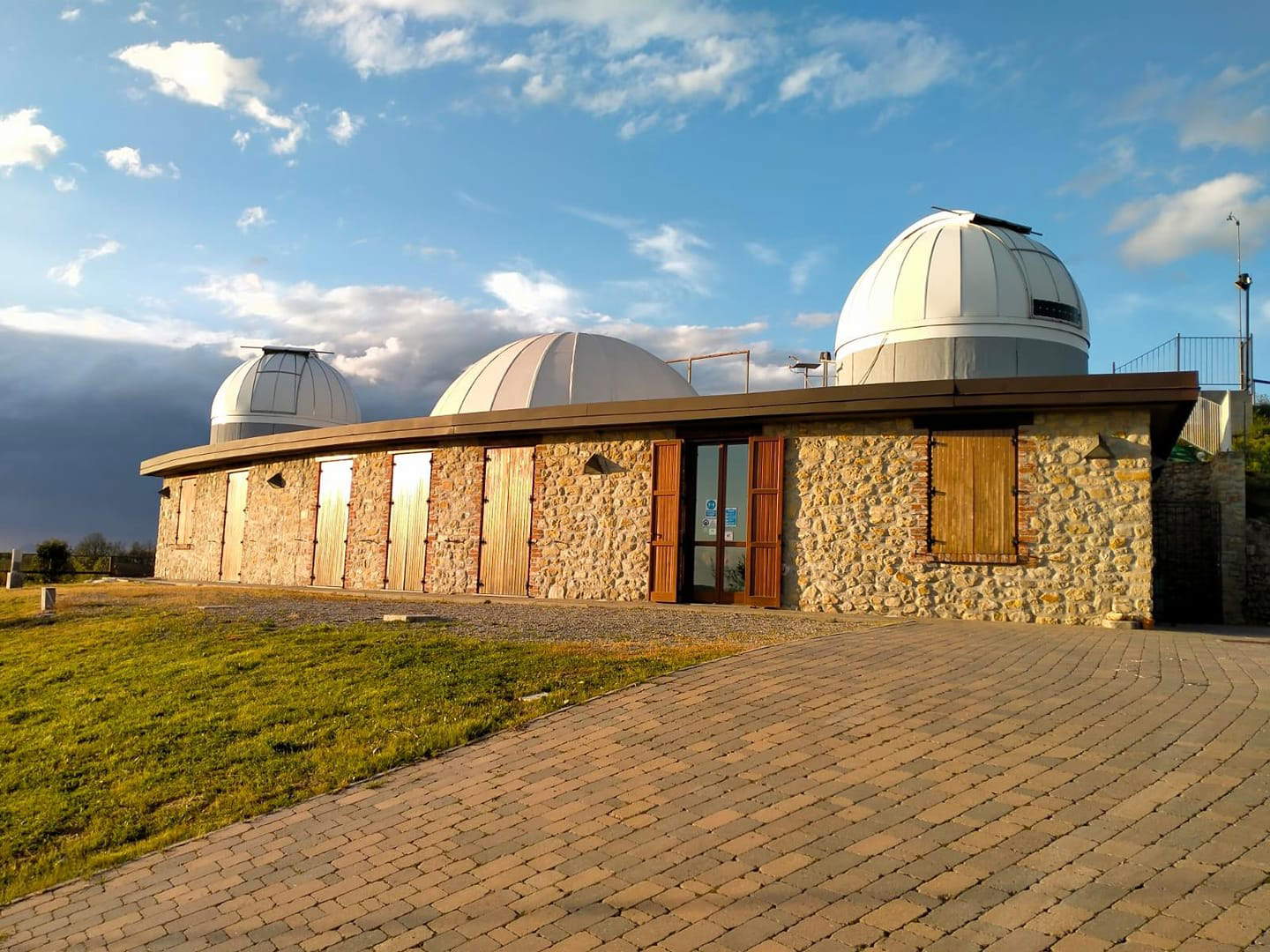
7. Fortunago
Fewer than 500 inhabitants, including just a few dozen in the heart of the village, for this small village nestled among the lush nature of the Oltrepò pavese. Since the sixth century before Christ, Fortunago has been a silent witness to the events that have affected these lands. Celts, Romans, Lombards, bishops, emperors and lords of important families have ruled this corner of Lombardy one after another, and each has left something behind. Today Fortunago is first and foremost a perfect place to set out to discover the Oltrepò pavese by walking through its enchanted woods, but it is also a place where you can touch upon atmospheres that have now been forgotten. Here you can still see an old farrier at work, but also be enraptured by the smell of bread baked in a wood-burning oven or drink from a spring of mineral water, and, above all, here you can lose yourself with a smile on your lips in the maze of its ancient narrow streets. Stone facades, porphyry-paved streets and extreme care for public greenery make Fortunago a perfect example of a newfound balance between modernity and tradition. Here one can then still admire important buildings starting with the parish church, which dates back to the mid-16th century, not to mention the remains of the ancient castle.
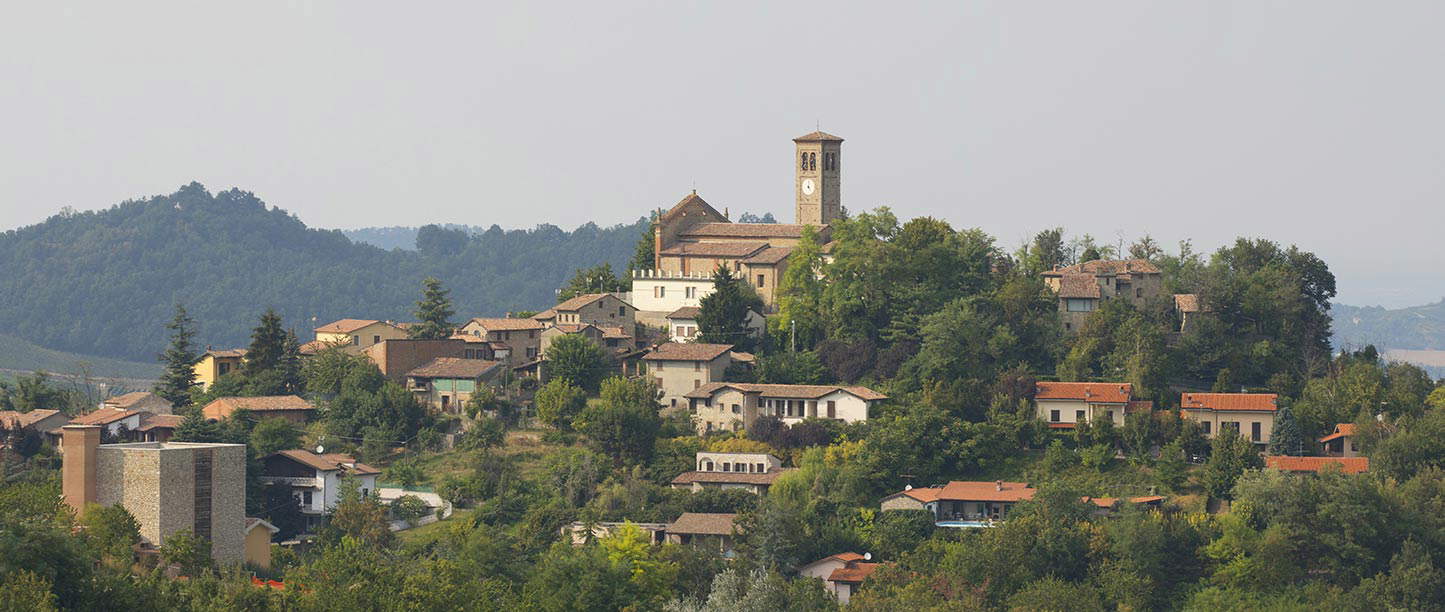
8. Branduzzo Castle
On the plain between Pavia and Voghera lies one of the most famous buildings in the Oltrepò pavese. Branduzzo Castle is at the center of an area that for centuries has been famous for mulberry cultivation and silkworm breeding. Branduzzo Castle is a vast complex of medieval origin with four towers and a style and taste that follows to perfection what is Lombard Renaissance architecture with splendid decorations in the main entrance. Branduzzo Castle was built by the Botta family during the last decade of the 15th century and included, in addition to the stately living quarters, large stables, a large garden, a portico, and extensive agricultural outbuildings, all surrounded by long walls. It was practically a small town, where hundreds of people lived. Today only a few traces of the castle’s former splendor remain due to the gradual reduction of funds for its maintenance. However, it remains an important symbol of the rich past of these lands.
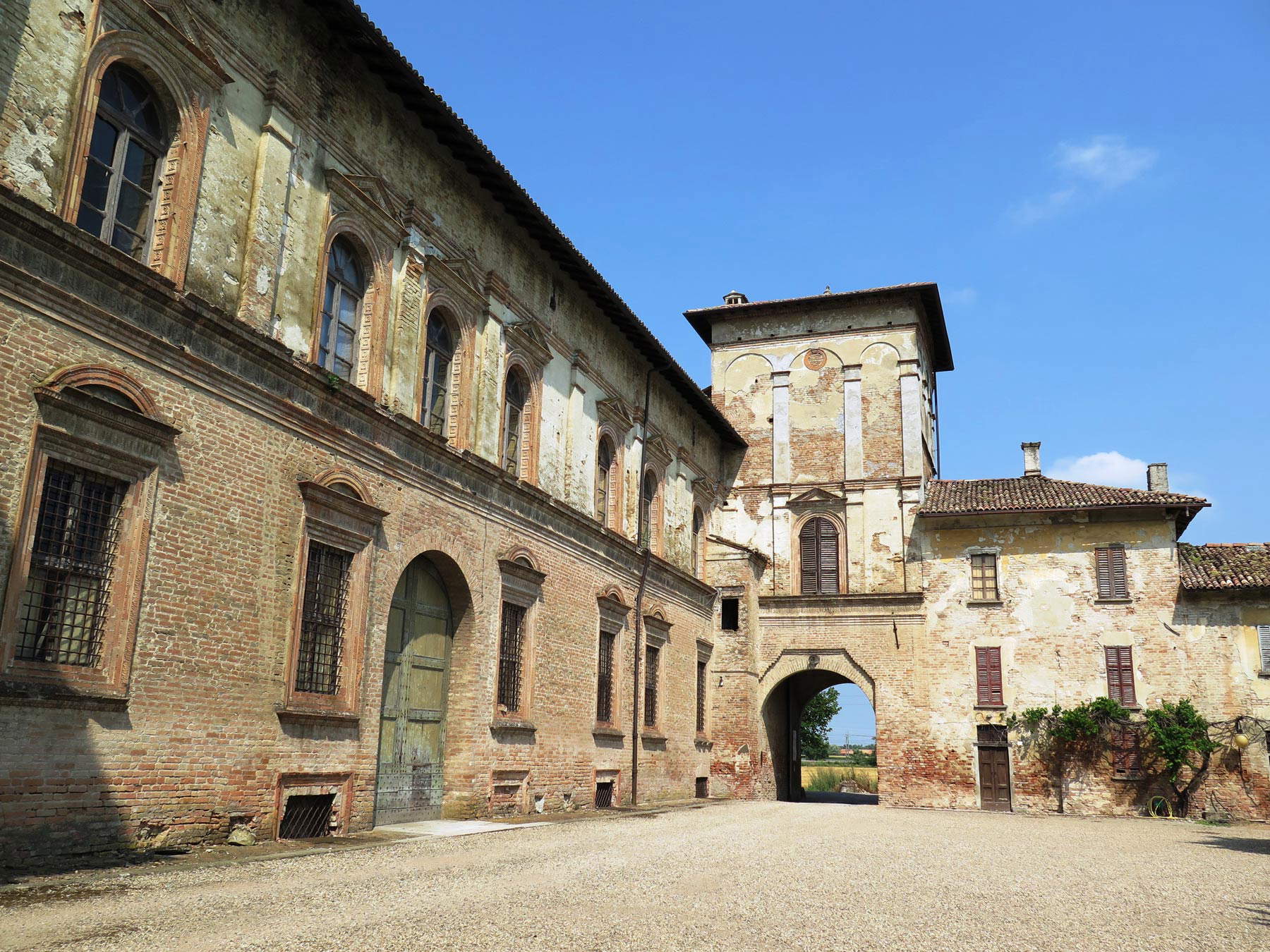
9. Montalto Pavese
Montalto Pavese is home to a splendid 16th-century castle, certainly among the most identifiable buildings in the entire Oltrepò Pavese area. It is a solid and imposing building with four square towers accessed through a large portal adorned with pinnacles and terracotta vases. The castle, the property of which is now privately owned, encloses a large courtyard inside, to which a loggia serves as a backdrop. Also very valuable are a large monumental fountain, the statue of Diana, the aristocratic chapel of St. Francis, terraces, stairways, and pergolas. The rooms of the castle are sumptuously furnished, and two gardens, Italian and English, are also located here. Also of interest is the Museum of Peasant Civilization located in Villa Illibradi, which traces the history of this area through period objects. Finally, it is worth visiting the belvedere known as Madonna del Vento, which for several years now has been the ideal starting point for those who practice free flight with hang gliders and paragliders since the winds coming from the west allow remarkable ascents.

10. Mount Alpe Nature Reserve.
In the upper Stàffora valley, close to Mount Pernice is a place of high environmental and naturalistic value. The Monte Alpe nature reserve is located at an altitude ranging from 762 meters above sea level to the 1,254 meters of the eponymous many and straddles the municipalities of Menconico, Varzi and Romagnese. Here there are more than 300 hectares of chestnut groves and meadows and then more forests of black pine, Scots pine and larch. This is an authentic unspoiled oasis just a few minutes’ drive from the heart of the cities and a perfect base for discovering this part of the Oltrepo Pavese. Here it is possible to walk in the shade of centuries-old trees and have close encounters with the rich fauna that inhabits them. All this makes the Monte Alpe Nature Reserve one of the most beloved places for lovers of the outdoors and for anyone who wants to seek a little peace and quiet by being in close contact with nature and being pampered by the great hospitality of the people of these valleys.
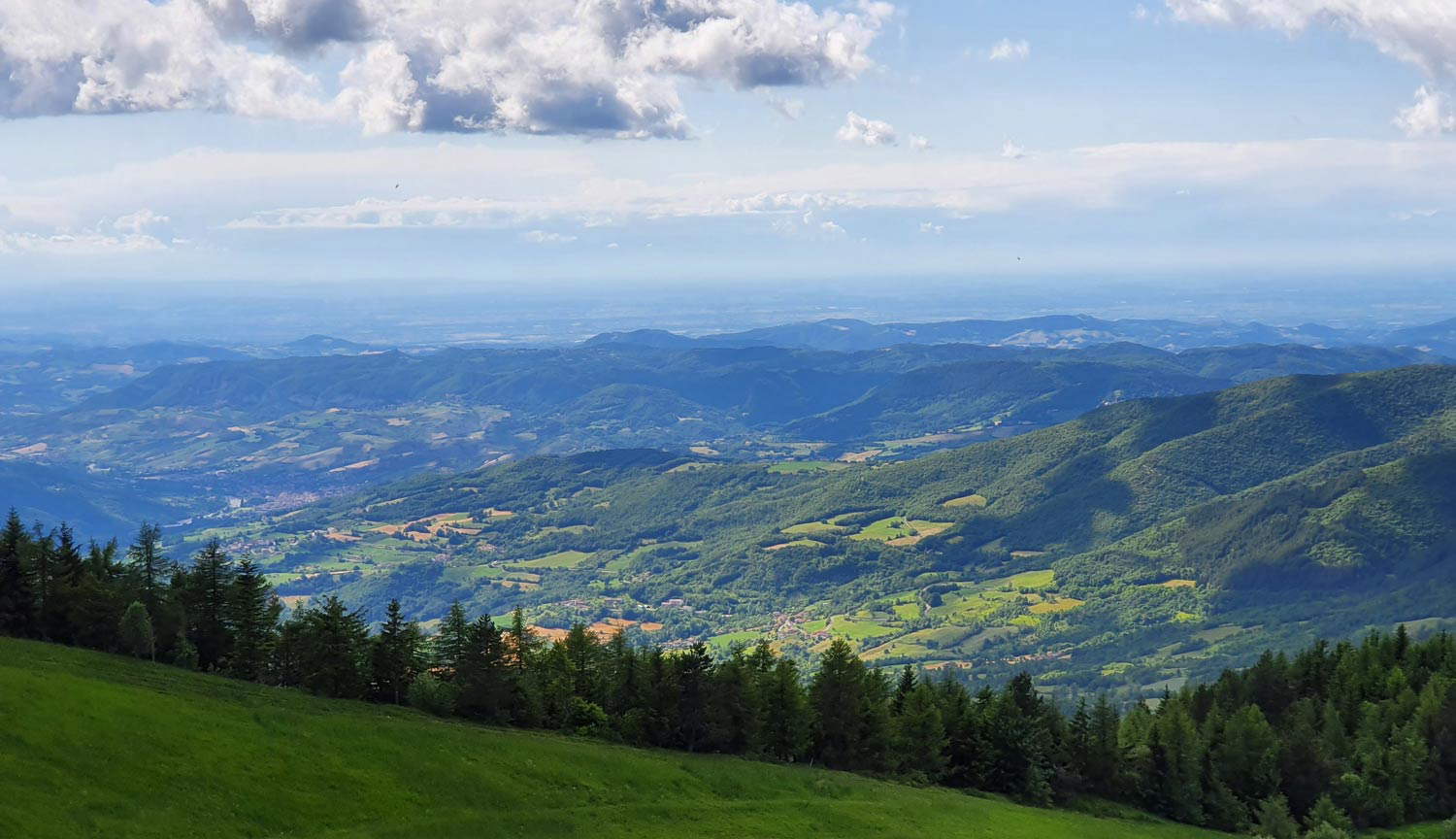
 |
| Oltrepò pavese, what to see: itinerary in 10 stages |
Warning: the translation into English of the original Italian article was created using automatic tools. We undertake to review all articles, but we do not guarantee the total absence of inaccuracies in the translation due to the program. You can find the original by clicking on the ITA button. If you find any mistake,please contact us.


























